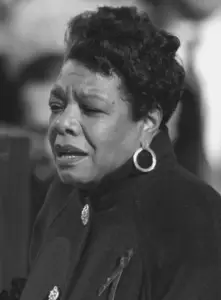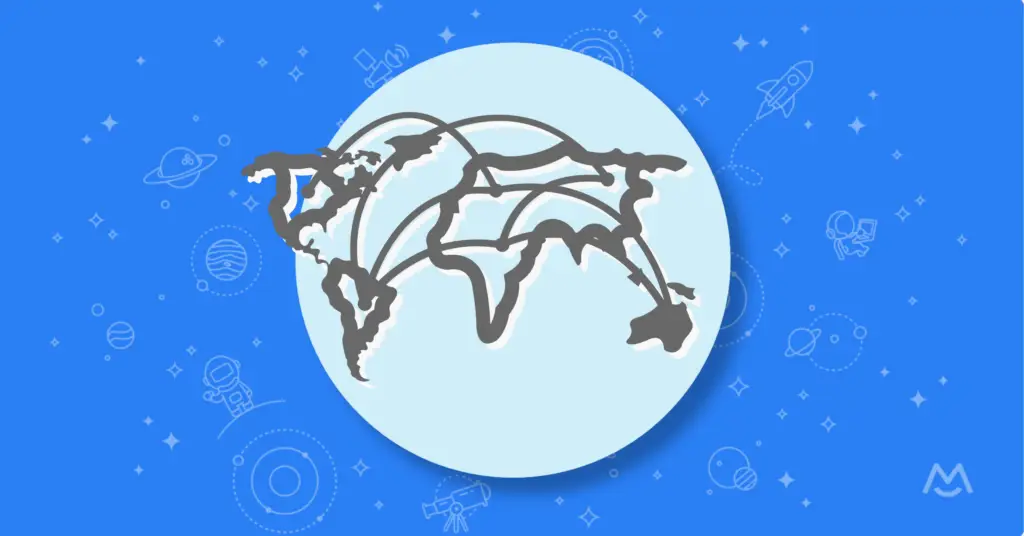Losing a customer can be tough, but it’s not the end of the world. In fact, it can be an opportunity to learn and grow as a business. That’s where customer exit interviews come in. By talking to customers who have chosen to leave your business, you can gain valuable insights into what you’re doing right and what you could be doing better.
Customer exit interviews can be a bit intimidating, but they don’t have to be. By asking the right questions, you can get the information you need to make your business better. So, whether you’re new to customer exit interviews or you’re a seasoned pro, this article is for you. In it, we’ll go over 10 questions that you can ask during a customer exit interview to get the most out of the experience. So, let’s get started!
Questions to ask during the interview
Exit interviews are a critical part of the retention process because they help us to understand why customers cancel. More importantly, we learn how to retain future customers by making necessary changes to increase the value of our business and enhance the overall customer experience.
When conducting the exit interview, it’s important to keep it short and focused, to ensure the customer remains engaged. Ask open-ended questions that allow the customer to share their experiences, opinions, and feedback.
Here are a few questions we recommend asking:
- Was there one particular thing that made you cancel?
- Are you simply pausing or canceling for good?
- What did you love about our service/product?
- Is there any feature or service we should consider adding in the future?
- Did you get good support while using our product?
- May I ask if you are moving to a competitor?
- Is there anything we can do to win you back in the future?
- As a customer, did you feel a part of a community?
- Is there anything else you’d like to share?
- On a scale of 1-10, how likely are you to recommend us to a friend or colleague?
By asking these questions, you’ll gain a better understanding of what caused the customer to cancel and what you can do to prevent others from doing the same.
How to schedule an exit interview
There are many different ways you could interview canceled customers to gather feedback. The most preferred method is to host a video call as it allows for a more personal and interactive experience. Meeting face-to-face gives the customer an opportunity to put a face to the business, and vice versa, creating a personal connection on both ends of the conversation. Oftentimes, body language speaks louder than words, and hosting a video call better ensures there are no misinterpretations when it comes to important details like voice tone. Even if your tone is straightforward and not overly cheerful, you won’t be as likely to give off the wrong impression as long as your body posture is positive and kind.
If it’s not possible to host a video call, the best alternative is to arrange a phone call. While you won’t be able to have that face-to-face interaction with the customer, you’ll still be able to establish a personal connection using your voice. You’ll just need to be sure your tone of voice is extra caring and considerate to prevent any negative assumptions.
While video and phone calls are the top two recommended approaches, you can send your interview questions via email as a last resort. However, because this method isn’t as personal, customers are likely to skip over the email, assuming it’s another automated part of the cancelation process. Or they may not think their feedback will actually be taken into consideration. Ultimately, this could result in a lower completion rate than if you were to take one of the more personal approaches. Additionally, you’ll need to be very careful with how you word the questions as email and text communication can be easily misinterpreted since it gives the reader complete control over how they read what you’ve written.

Why are customer exit interviews important?
While it can be easy to avoid confronting canceled customers, taking advantage of the opportunity can make a huge difference. I’d say most people don’t necessarily enjoy hearing negative things about their business — something they’ve put so much time, effort, money, and so much more into growing and sustaining. But all feedback is valuable (dare I say negative feedback even more so?). Hear me out…
Receiving positive feedback is fun and encouraging and 100% needed! But if all you hear is great things, why are people canceling? It doesn’t really make sense. However, if you can hear a few specific reasons as to why people are deciding to leave, you can hone in on those areas and work to make them better, ultimately improving retention. As you improve certain areas, you’ll likely not hear that same feedback as often in future exit interviews.
Gathering real customer feedback via exit interviews allows you to answer a few important questions.
- Are you targeting the right audience?
- Does your product have the tools people actually want and need?
- Are there any issues or bugs preventing customers from taking full advantage of what you have to offer?
- Do your customers have the level of support they need to succeed?
- Is your marketing providing the best explanation of your product or service?
- What are your competitors doing differently?

Tips when running your interview
There are a few simple things you can do to maximize the value of your customer exit interviews while also setting them up to run smoothly.
- Ask for 15 minutes max — When you reach out to ask a customer for an interview, you don’t want to ask for too much of their time. It’s generally a good idea to keep the conversation at or below 15 minutes. Additionally, be sure to stick to whatever time limit you set in an effort to assure the customer that you respect their time.
-
Send a calendar invite and reminder — Once you schedule a time and day for your conversation with the customer, you should send a calendar invite and reminder right away. This is the best way to make sure everyone is on the same page about when the interview will happen, ultimately preventing no-shows. And let’s be honest, if it wasn’t for reminders, we likely all would have missed a meeting or appointment by now.
- Be overly thankful for their business — While you should thank customers for taking the time to join you for an interview, you should also show sincere gratitude for the time that they were a customer. Regardless of how long they were around, they chose to give your product or service a try. Be sure they understand that you don’t take that decision lightly.
- Don’t try to win them back, learn from your mistakes — During the interview, keep in mind that the purpose is to gather valuable feedback so you can make impactful changes moving forward. Don’t try to convince the customer that they should stick around. Instead, use the shared information to come up with a plan to deter further cancelations.
As author and poet Maya Angelou said…
“People will forget what you said, people will forget what you did, but people will never forget how you made them feel.”
Focus on making the person feel appreciated for being a customer and for taking the time to offer valuable feedback that could leave a huge impact on the future of your company.

In conclusion, conducting customer exit interviews is a simple yet powerful tool for improving your business. It provides valuable feedback from customers who have chosen to leave, and it gives you the opportunity to learn and grow as a company. By asking the right questions, you can gain insights into what you’re doing well and where you can make improvements. So, don’t be afraid to reach out to your canceling customers and ask for their feedback. With the right attitude and approach, customer exit interviews can be a truly motivating and inspiring experience. They give you the chance to see your business through the eyes of your customers and make positive changes that will benefit both you and your current and future customers. Embrace the opportunity, be open to feedback, and remember that every customer exit is a chance to take your business to the next level.
For additional resources on running a successful business, check out MemberSpace University. This one-stop resource hub is full of step-by-step guides, educational videos, helpful tips and tricks, and more for marketing and selling digital products and memberships with MemberSpace.


